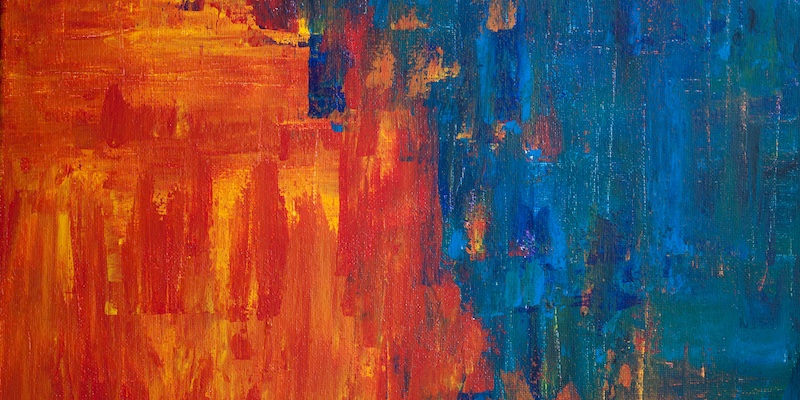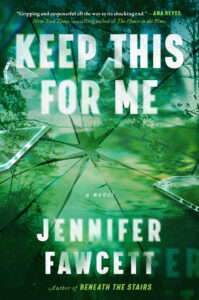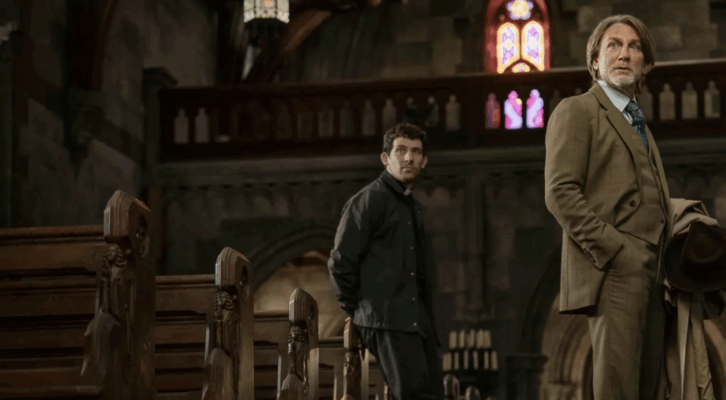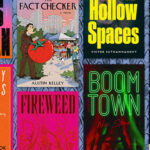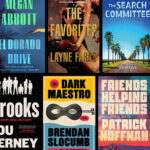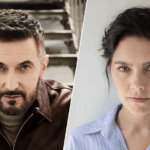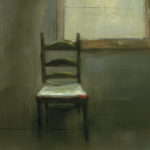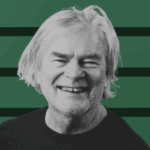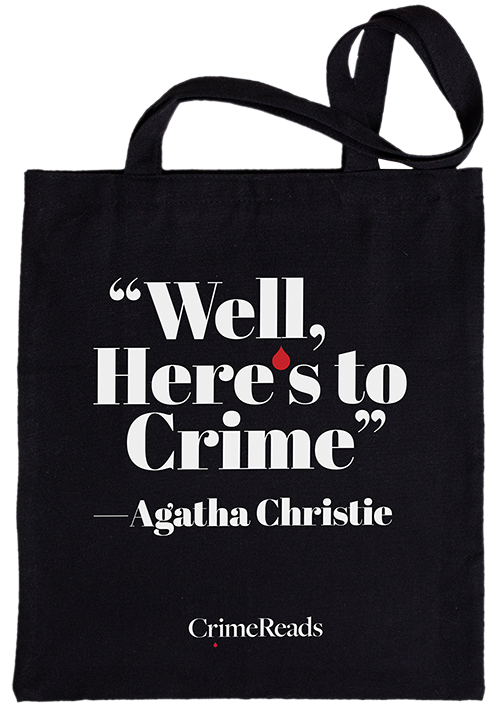In fiction, especially in thrillers, violence is a plot point: the moment everything changes. But in real life, the act itself is often fleeting, so fast it seems unreal, our minds a beat behind. It’s not one moment of crisis. It’s the slow unraveling of what-ifs that linger long after the bruises heal.
As a thriller writer and reader, I don’t like messy stories. I want to look back and see the connections of cause and effect, like a row of dominoes, one leading inevitably to the next. I had a teacher who called this in-retrospective inevitability, that feeling of, “Ah, yes, it had to be that way; I just couldn’t see it before.” It’s a puzzle you reverse-engineer as a writer, and when done well, it is immensely satisfying. But in real life, it’s not that neat. A year ago, I discovered that firsthand.
Kingston, Ontario, is a mid-sized city located on the shores of Lake Ontario. I had stopped there to visit an old friend and, as we often did on such a gorgeous day, we went for a walk. It was two o’clock in the afternoon, and we were on a public path that ran behind a long street of houses. There was a large school. There was a community garden. There were lots of people walking their dogs, jogging, and riding bikes. All this to say, we were not in some back alley in the middle of the night.
We were deep in conversation when my friend noticed a man a short distance away. His face was contorted, he was holding a hammer, and he was coming straight for us. Despite being in a public place in the middle of the day, at that particular moment, there was no one around.
I think now about how slowly my mind worked. My friend said, “I think we should turn around,” but my immediate thought was, “No, there isn’t any actual danger. Just don’t make eye contact and he’ll pass right by.” And then, suddenly, he was right there, screaming at us, demanding to know if we were in the military. We cried out “No” and turned and ran.
I could not move fast enough. He followed us, still screaming. I thought about my son. I thought about how, in what felt like a breath, I had gone from something so ordinary to something terrifying.
That’s when he hit me. I assume he was aiming for my head, but the hammer landed next to my cervical spine. The impact was a heavy thud that went through my body. I knew if I fell, he would keep hitting, so I kept running.
I don’t know what happened next—my memory here is fragmented—but he turned and ran. At some point, maybe seconds later, maybe minutes, another woman arrived who had heard our screams. We called 911, and the police looked for him but couldn’t find him. Paramedics took me to the hospital, but I was released after X-rays confirmed that nothing was broken. The next day, detectives brought us in separately to do a photo lineup. When it was my turn, I pointed to one man who I thought looked like him. After, my friend said she hadn’t recognized any of the men in the pictures. I thought he was tall and wiry with a beard. She thought he was heavy-set. I thought he was wearing a grey and blue sports jersey; she thought he was wearing black. Even twenty-four hours later, my friend, the woman who’d come to help us, and I all had wildly different memories of what he looked like. To this day, he has not been found.
When violence is sudden, the brain takes a bit to catch up. Even as I was running, a part of my mind was still saying, “No, no, this isn’t happening.” Perhaps there’s a kind of grace in the dissociation that allows you to separate from your body and watch it like a movie; you can see the terror but not fully enter it yet. That part comes after with the stories we tell ourselves, every one beginning with “what if.”
Humans are natural storytellers. Stories are how we make sense of the world; this happens and therefore that happens, and so on, and so on. But real life isn’t neat. I was lucky to escape with only a nasty bruise. Just as my friend and I were unlucky to cross paths with this person in the first place. But there’s no comfort in luck. It proves how little control we have over our lives. It makes for messy, unsatisfying stories, which aren’t the kind of stories I want to write.
As a thriller writer, I sometimes question if I am leaning into the worst parts of humanity, our desire to watch something terrible happen to someone else. But there’s more to it than that. We are sense-making creatures. We look for patterns, for logic. When we read these stories, there is comfort in the neatness of the cause and effect. It allows us to point to the reason why violence happens in a way that real life often doesn’t. Fictional violence doesn’t make the real-world stuff any neater, and it definitely doesn’t justify it, but it does give us a way to hold onto it.
In fiction, violence can slow down. We can be both inside it and out, holding the character’s point of view and our own as outside observers. We can look up from the page at any time. We can close the book or pause the audio. And through that distance and time, we can gain perspective.
A violent event is brief, but the aftershocks can last for years. They are like the ripples that spread out when a stone is dropped in water, visible long after the stone is gone. Stories are a way to contain those ripples, to pull back far enough to see how a character (and therefore maybe ourselves) might move forward after. For me, almost immediately after the attack happened, it felt unreal. Odd as it may sound, it was a relief to see the bruise. I could point to it and say, “See, all these strange feelings I’m having come from something real. It really happened.” It was a long process to deconstruct that protective dissociation. Each time I told the story, it became a little more real.
That summer, I was in the midst of writing my next book, Keep This for Me. Everything in this book stems from a random act of violence, a roadside abduction after a car breaks down—a chance encounter with a violent person that turns an ordinary night into a nightmare. The characters left behind cannot undo this violence. There is no justification for it; it is just bad luck. All they are left with are the ripples, but as they struggle through their shock and grief, they begin to understand what happened and ultimately learn how to move on. This is how narrative violence helps us to grapple with real violence. It helps us see a path forward.
This summer, one year after the attack, my friend and I got tattoos. It was something we had decided to do as we sat in the hospital. Not to commemorate the attack, but to mark us moving beyond it. I decided on a hummingbird, something delicate, and quick, and so full of life. It sits in the place where the hammer hit, a permanent reminder of how impermanent we are.
***

